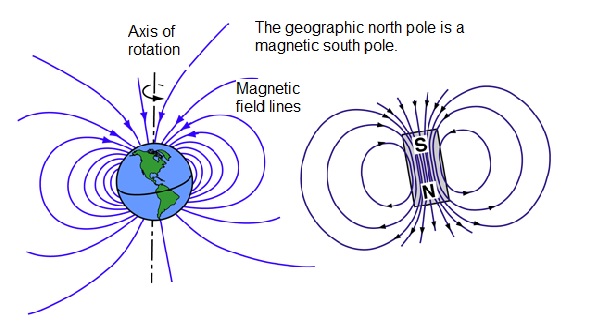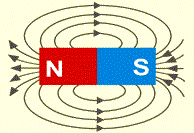How many poles can a magnet have?
A magnet is a mineral that has the ability to attract metallic particles, due to its magnetic field. There are two types of magnets: natural magnets such as magnetite and artificial magnets such as permanent magnets.
Regardless of the type of magnet, they have the ability to attract metal fragments due to their two poles: the north pole (with a positive charge) and the south pole (with a negative charge). The positively charged pole has greater magnetic power and strength than the negatively charged pole.
Equal poles repel and opposite poles attract. Unlike the poles, electric charges cannot be separated from the poles.
The Earth is like a big magnet, the magnetic poles and the geographic poles of its axis are not the same. The north pole of a magnet is in the same direction and attracted by the geographic magnetic south pole, just as the south pole of the earth is connected to the geographic north pole. The axes of both the geographic and magnetic north poles make an angle called magnetic declination.
In 1831 several scientists realized that the magnetic north found on the earth shifts over time. This is due to the iron found in the earth's center, which by its rotational movement produces electric currents that subsequently generate the magnetic field.
How to find the poles of magnets?
Depending on the type of magnet we find the poles in one place or another, if the magnet has a rectangular shape the poles are found at the ends. If the magnet has a circular shape, the different poles are found at the bases. To know the different poles, we can know them with the pole meters. In addition to the pole detectors, they can also be found by using another magnet or by using a compass.
The compass, unlike the pole meter, is aligned with the magnetic field of the earth, in other words, it will help us to find the north and south magnetic poles, thanks to the direction of the compass needle.
Another visual way to recognize the different poles is due to the colors given to them; the south pole is usually given the color blue, while the north pole is usually given the color red.










